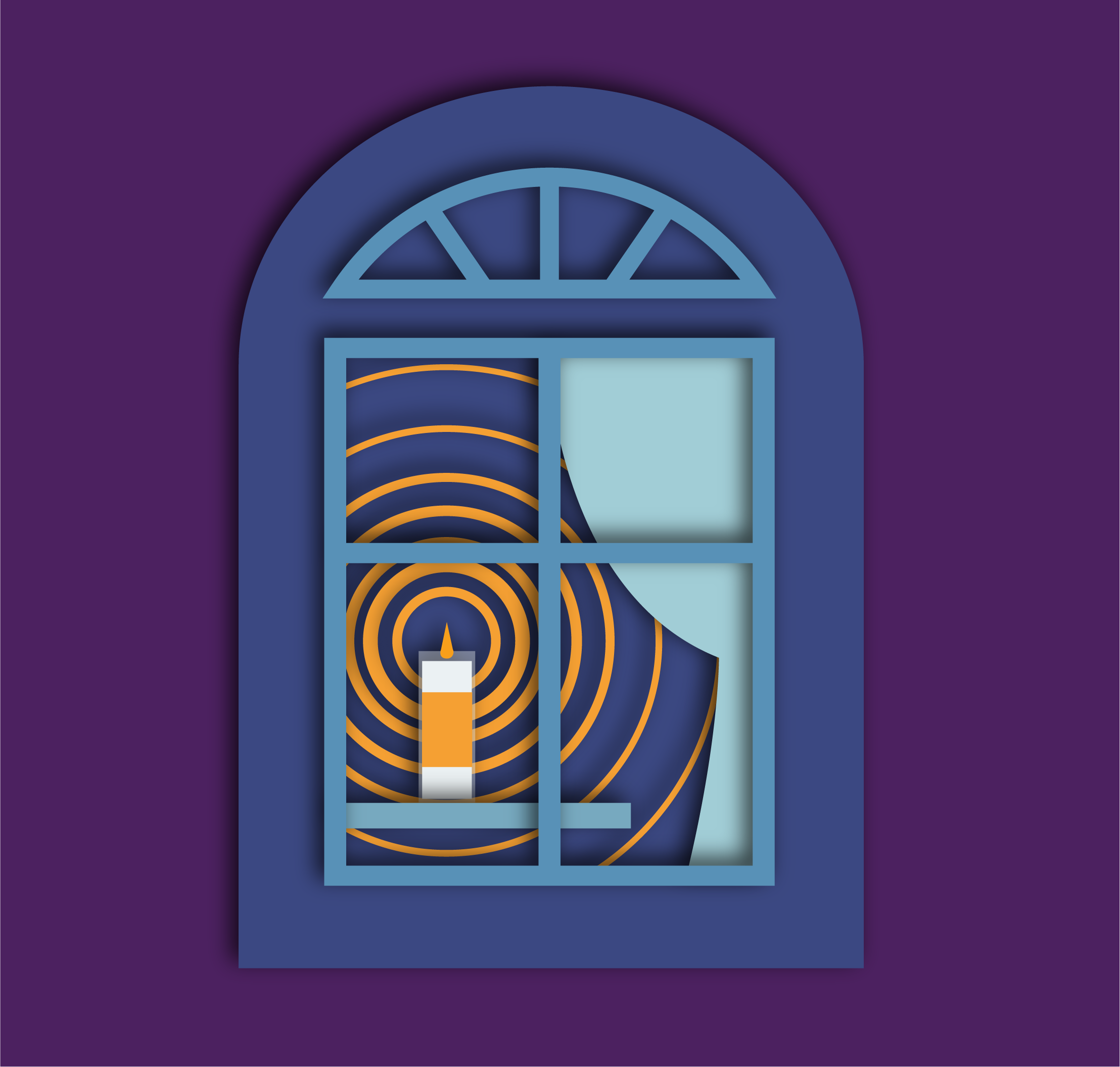
Jewish Funeral and Burial
Simplicity and Honor
Jewish funeral and burial often happens within 24–48 hours after someone has died. In the book of Bereishit in the Torah, the five books of Moses, it is written that God says to Adam, “For dust you are, and to dust you shall return” (Genesis 3:19). We learn from this the importance of returning to the earth naturally, as soon as possible and in a way that will not inhibit us from becoming one with the earth again. This means that Jewish burial does not include embalming, jewelry, metal as part of a casket, or clothing other than the traditional burial garments, tachrichim.
Funeral
Jewish funerals have evolved over the last four thousand years. A funeral service can be conducted anywhere and be crafted for the loved ones and the deceased. One might choose to incorporate music, video, singing, or other meaningful rituals into a service. Out of respect for the deceased, Jewish funerals do not include a viewing, and the casket remains closed.
What distinguishes a Jewish funeral are these core elements:
- Kriah — Tearing of Garments: Often before a funeral service begins, the officiant will assist the mourners in tearing their garments. Nowadays some may choose to adhere a torn black ribbon to their clothes. This ritual serves to make visible our grief; the tear in our clothes is akin to a tear in our world, and even if it’s mended, it will never be what it was.
- Tehillim — Psalms: Psalms are a foundational Jewish text, a book of 150 poems written between humans and the divine. They are often viewed as a way to give voice to shared human experience and assist us in finding solace and healing. At a funeral service, Psalms are recited to help mourners navigate their grief and implore the divine to ease the transition of the deceased’s soul from this world to the next.
- Hesped — Eulogy: A tradition that dates back to Abraham’s eulogizing Sarah, it is a speech given in honor of the deceased. Words that come from the heart, touch the heart. Eulogies can be meaningful for mourners, provide comfort, and help individuals begin to confront their loss.
Burial
Jewish burial is also known as levayah, accompaniment, which is a foundational element of the ritual. We accompany the deceased to their final resting place, and we accompany the mourners as they begin their journey into grief. Jewish disposition is traditionally ground burial, and in many ways it is considered “green burial.” The deceased is buried in a plain wood casket with no metal, wearing a simple burial outfit, tachrichim. Ideally the deceased is buried in an unlined grave so that they may easily return to the earth.
- Seven Stops: There is a tradition of pausing seven times as the casket is carried to the gravesite. This is to convey our sorrow and our attempts to delay parting from our loved one. Often Psalm 91 is read by the officiant during this procession.
- K’vurah / Burial: In the presence of all in attendance, the casket is lowered into the ground. The final kindness for the deceased is for the mourners to begin shoveling earth into the grave. All who are present are welcome to join. The shovel is not handed from person to person but is placed back into the ground for each person to pick up. The ritual is completed when the casket is covered with earth.
- El Malei Rachamim Prayer: The Memorial Prayer is a prayer often recited to ask the Divine to safely embrace the soul of our loved one.
- Mourner’s Kaddish: A prayer recited by the mourners that sanctifies God’s name. As it is a prayer that is said only in the community of others, it reminds us that no mourner is alone in their grief.
- Exiting: At the end of the burial ceremony, attendees form two rows, creating an aisle for the mourners to walk through. As the mourners pass, we offer ancient words of comfort: “HaMakom y’nachem etkhem b’tokh sh’ar aveilei Tzion v’Yrushalayim“ (“May God comfort you among all the mourners of Zion and Jerusalem”) This marks an important transition for the mourners as they leave the cemetery and move into Shivah, the seven-day mourning period.
